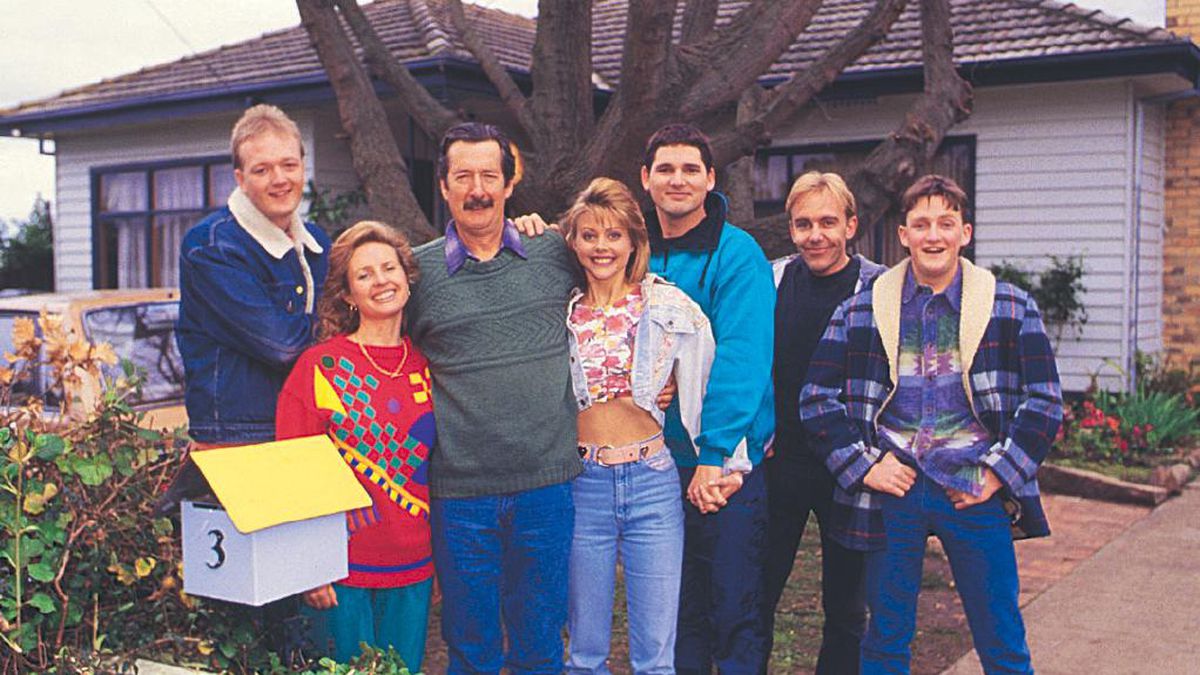Anyone catching wind of the runaway train of Australian house prices may think their best bet is to jump on while they can. However, when it comes to property, smart investing isn’t just determined by when and where you buy, but by what.
First-home buyers fortunate enough to get into the market pre-pandemic boom are selling their apartments, only to get stuck in a search for new places to live. Short-lived capital gains aren’t much use when upsizing if a rising ride has indeed lifted all boats, some more than yours.
Borrowing is harder. Rents are only going up. For those with the cash, apartments seem like a no-brainer, right?
Not quite. The record shows that houses do better than apartments. For instance, in the decade up to July 2022, the median Sydney house price rose 113.3% whereas units only went up 64%, according to data collected by CoreLogic. But is it well understood why?
Let’s start with land values. In large cities with growing populations, turf is scarce meaning ground is gold. Houses come with larger land components than apartments, understandably sharing in more of the value of their lot. It is these appreciating land values that investors stand to gain from.
Houses, being larger stand-alone structures, have more direct maintenance costs, as the physical condition of the structures themselves tend to not keep as well as units. Apartments instead pay indirectly for maintenance through strata fees, which also cover any shared facilities like laundries, gyms or pools. It is easier not to have to worry about any ongoing costs. That is, until you’d like to do something with the property.
It is very difficult to modify and increase the value of your investment if you own an apartment, as practically you have less to work with and you often have to seek approval from your body corporate for any renovations. Meanwhile, houses lend themselves easily to rebuilds or extensions, and even the potential of rezoning or subdividing benefits the value of the property, should it come time to sell.
As an investment, houses tend to be more reliable to fill, attracting less transient tenants. Apartments are not for everyone: sure, they have their perks, like access to shared facilities, but they come at a cost – the lack of privacy, space, and freedom. Houses, on the other hand, are spacious and private, with plenty of room for activities which makes them attractive to families with kids and pets.
RELATED: Australia’s Pet Obsession Is Changing The Way We Work, Date & Buy Property
With new developments hitting the market, apartments are arguably oversupplied, at least compared to houses proximate to desirable areas, where homeowners can bet on future buyers willing to pay a premium for them.
According to Domain’s quarterly House Price Report, the median price gap between the two rose 33.1% in the 12 months before the pandemic peak, with houses gaining nearly $1100 a day.
No doubt, the lower entry point of apartments makes them attractive to those eager to buy. So what if you’re constrained on price but also don’t want to compromise on location? Townhouses fit neatly between the two, still tethering the growth of wealth to that of the land.
But who knows, maybe the property train has already left the station. In that case, maybe we’re better selling our parent’s basements and buying houses in the bush…
